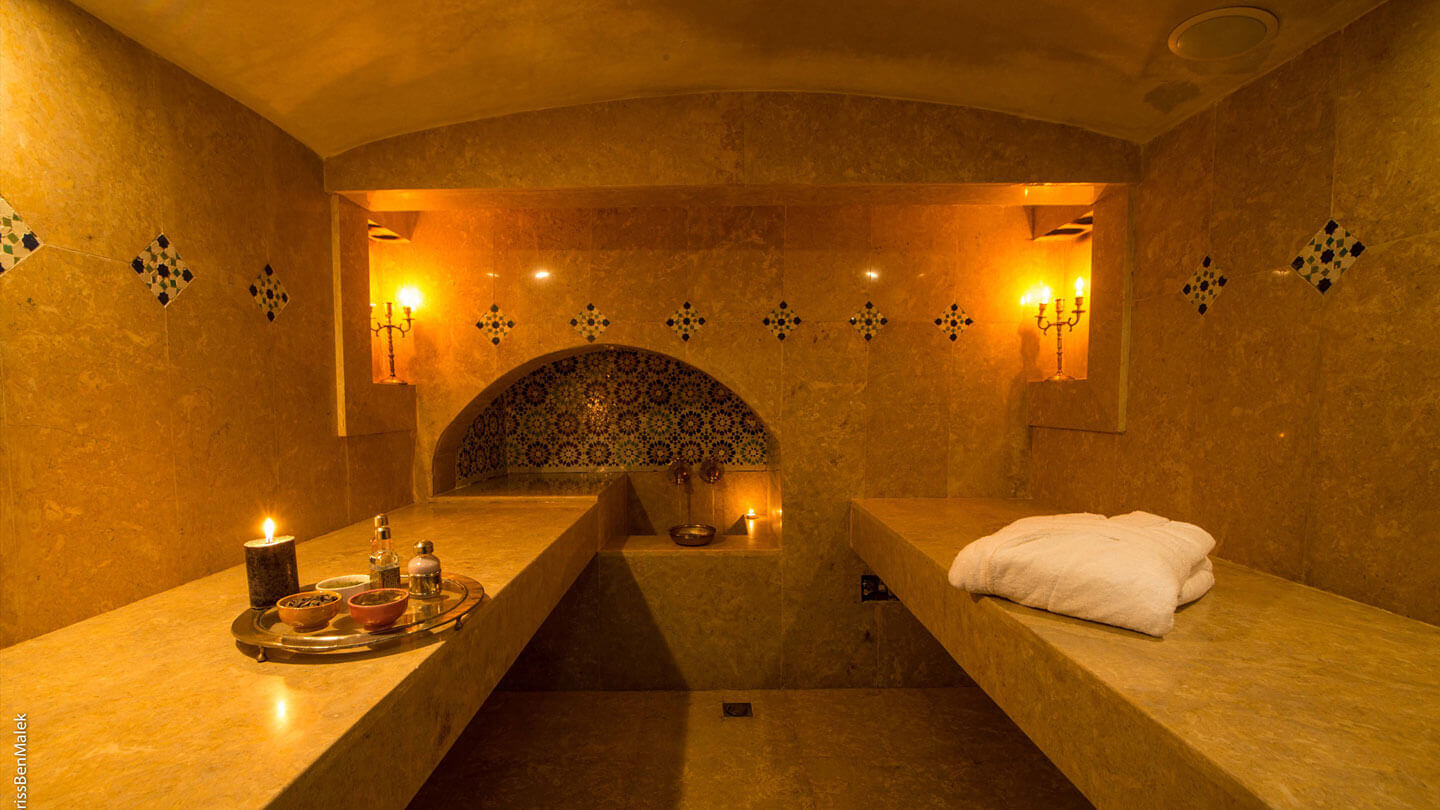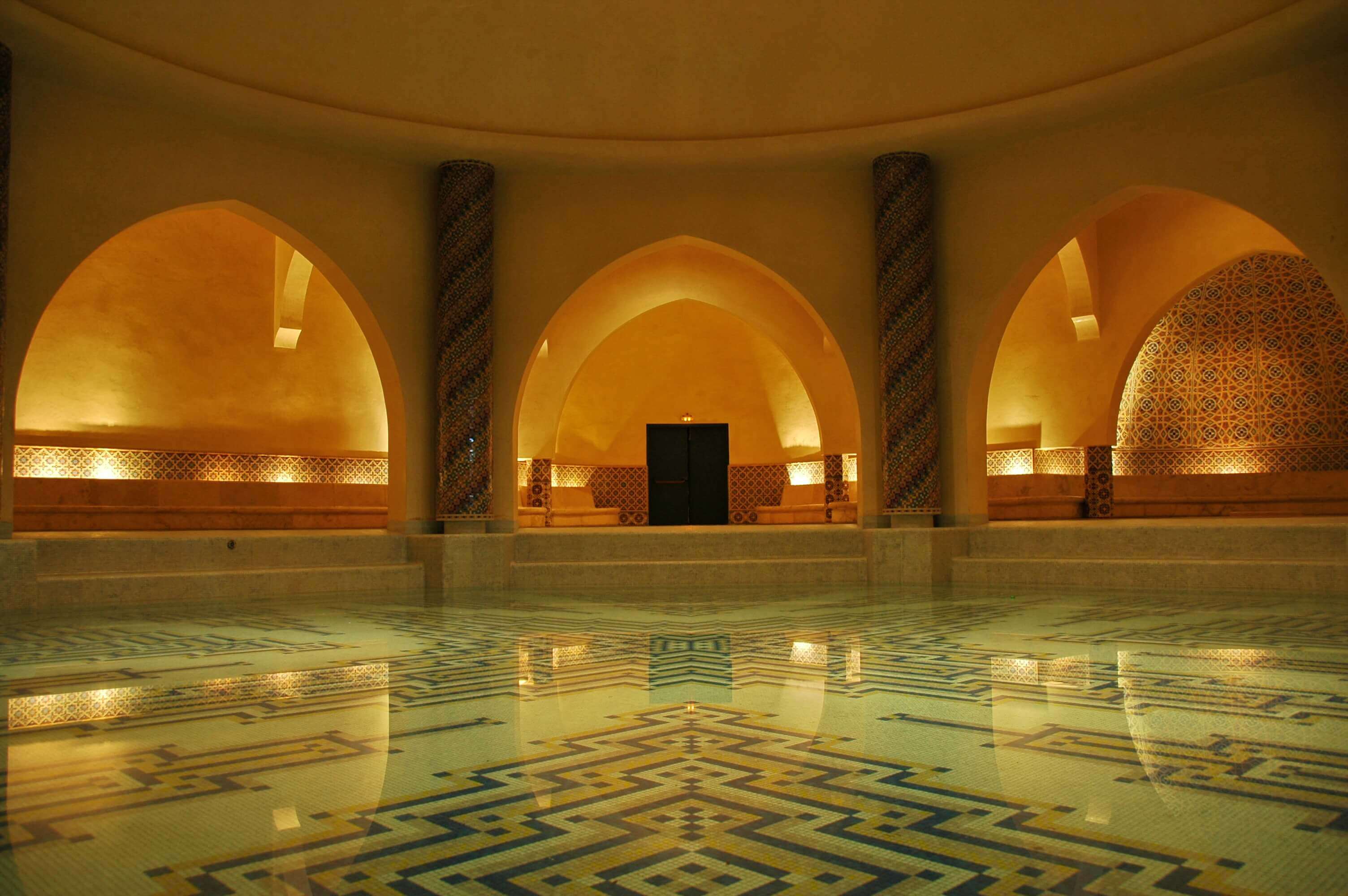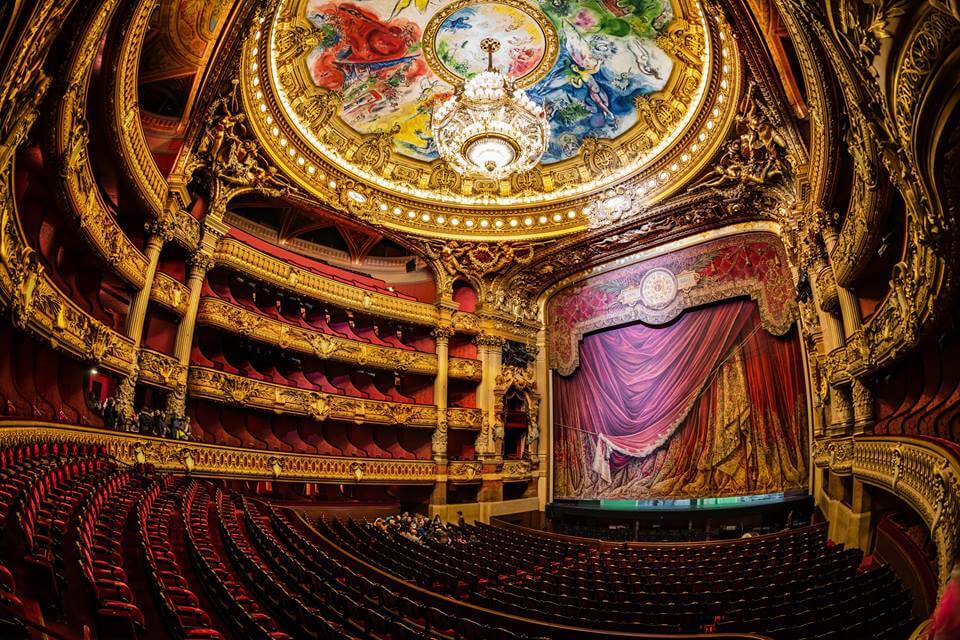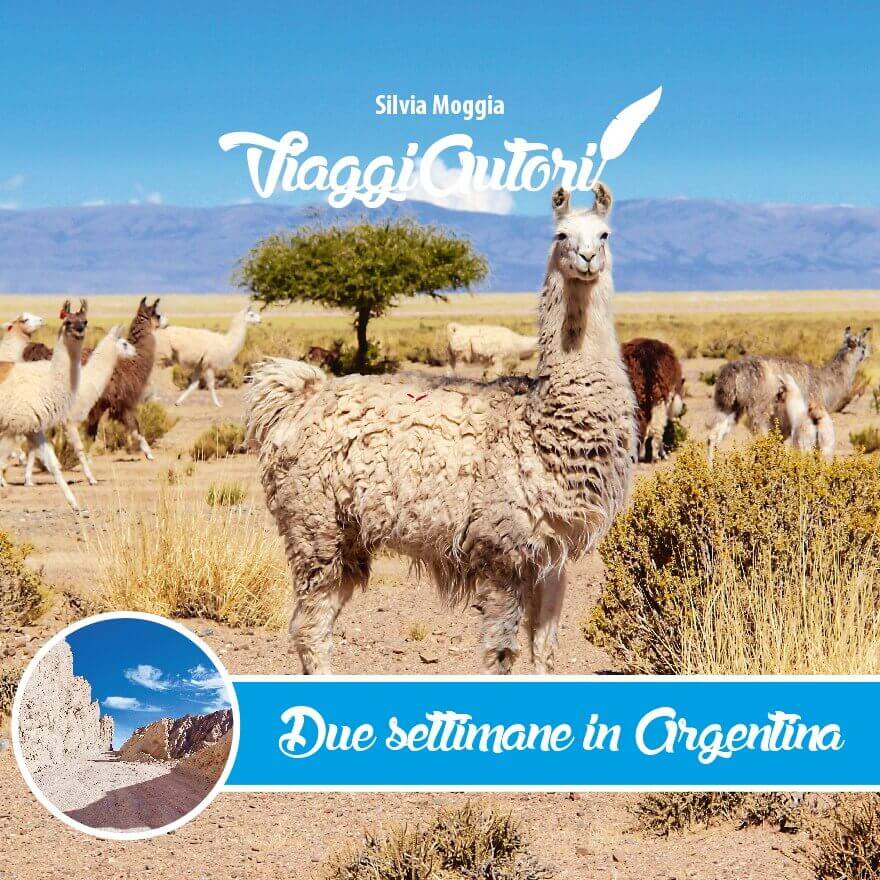Una città non è completa se non ha il suo hammam
Shérazade, “Le mille e una notte”
Hammam mon amour
Yes, definitely hammam mon amour! So much so that when living in Paris, I even subscribed to two of them to fully enjoy the benefits of the Turkish bath every two weeks. At first, I picked the legendary Hammam de la Grande Mosque, and later, I preferred a smaller and quieter one, the Bains Montorgueil.
When I arrived in Paris, I knew this world only virtually, as seen in some movies. I actually didn’t know anything about its rituals, about the specific customs of various countries, and above all, I had no idea it would have improved my skin and my being so much. It taught me to accept my body, freeing me from many complexes and teaching me the art of letting go.
It’s also the place of wonderful memories of birthdays among girl friends, secret chats and relaxing moments.
History of the hammam
It’s an Arabic word that literally means a hot water bath, initially known as the Moorish baths about Muslim Spain Al-Andalus and later as a Turkish bath because it developed in ancient Constantinople meeting with the Roman thermal tradition.
In the countries of today’s Maghreb and the Middle East, it’s a social event as well as a habit of personal hygiene and body care: in there, there are no social classes, hierarchies, and roles, there are no beautiful nor ugly nor too old bodies, just like in the Japanese onsen.
During the week, you get male-only days and others for women. In the touristy places or those inside spas, you may also be offered packages for the couple, with routes designed to be both romantic and sensual, and in this case, they might ask men to wear a bathing suit.
The traditional Turkish bath is developed in separate rooms, always nicely lighted and elegantly decorated, just like the ancient Roman baths:
- Al-Maslakh, the entrance hall, usually with a lockers space
- Barid, the first real room at a regular temperature, where you get relaxing chairs and where you might be offered an argan oil massage
- Wastani, the second bathroom, with temperatures ranging from 30 ° to 35 °, where you lather with the fantastic rhassoul or savon beldi, the black soap indicated for the Turkish bath, and where you’ll eventually go back to relax and to get an amazing body scrub
- Harara, the last room, where you spend no more than 15′ per session due to the high temperature ranging from 48° to 50° and where you usually gets freshwater pools
Little historical curiosity: soldiers and aristocrats Ottomans were used to spending time in Turkish baths and the free sex with tellak, the official masseurs coming from Armenia, Greece, or today’s Eastern countries. With the fall of the Ottoman Empire, the tellak became simple employees.
The effects of the Turkish Bath
First of all, it has a relaxing effect on both body and mind due to vasodilation caused by the hot steam and its essence of eucalyptus, pine, and other aromatic herbs respiratory tract. It’s really great to fight the common flue, but also for any muscle tension!
Thanks to the expansion of the skin pores and the extremely energetic scrub (!), with the traditional kessa glove, it allows you to promptly get rid of all the dead skin and regenerate the epidermis, softer session after session. My skin, for example, has always been very rough near the elbows and behind the forearms, and now it’s soft and delicate!
If you spend there the usual two or three hours later in the afternoon it will also help you to sleep like a baby 🙂
* it’s not suitable for people suffering from high blood pressure!
The ritual
As in a Japanese onsen or a Finnish sauna, even here, you need to be naked, covering your body only with a medium-size cotton towel while moving from one room to the other.
You need to strip in the locker room, wear the slippers usually provided, enter the first heated room with only the aforementioned towel, the black soap (not necessary in Morocco because the staff also lathers you), and the kessa, a glove for a first self-made scrub.
After a first cool shower, you begin to move from room to room, alternating cold water baths and showers, lathering several times before moving on to the scrub session, which at first may surprise you due to the force used by the ladies and above all due to the impressive amount of dead skin removed (going every two weeks like me it actually becomes almost imperceptible).
After the scrub, you can always opt for an extra relaxing massage, usually preceded by a mint tea (at the Paris Grande Mosquée tea with the typical Maghreb pastries is served only once outside).
Almost all traditional spots also offer sugar hair removal and I recommend it cause it’s very gentle and effective.
What to pack
If you choose a neighborhood public place, you’ll need to take everything on this list, but if you opt for a tourist hammam, perhaps in cities like Istanbul or Marrakesh, the items marked with an asterisk should be enough:
- thongs
- small towel
- towel for the shower
- shower gel and shampoo
- comb *
- moisturizing cream *
- black soap
- glove for the scrub
- water bottle
Locations I recommend
In Paris, you may want to try at least once the one of the Great Mosque (18-50 €), beautiful and very easy to plan as it does not require a reservation, but a bit noisy and often overcrowded in the afternoon. As I mentioned before, over time, I started to prefer the small and super quiet rue Montorgueil one, where you need to book in advance (60-80 € per session). In Paris, you get countless other options, with a large concentration of Turkish baths in the Marais and the Belleville area.
In Marrakech, I recommend the new Hammam de la Rose for a more relaxing and chic experience, or Les Bains d’Azahara, also downtown and also super clean and elegant. I recently tried the couple romantic offer at Les Bains de l’Alhambra, and it’s certainly an impressive experience, although it is too “beauty center style” …
In Rabat, I really liked the Dar El Kebira and the Marhassa, in the historical district. In Fez I only tried the Nausikaa, but to be honest I didn’t find it very clean and it was far too noisy!
In Istanbul I wholeheartedly recommend the Hamam Ayasofya with packages for both men and women (from 50 €).

* once inside, you need to be quiet because of the usually low vaulted roofs and the beautifully decorated but acoustically awful tiles…



















